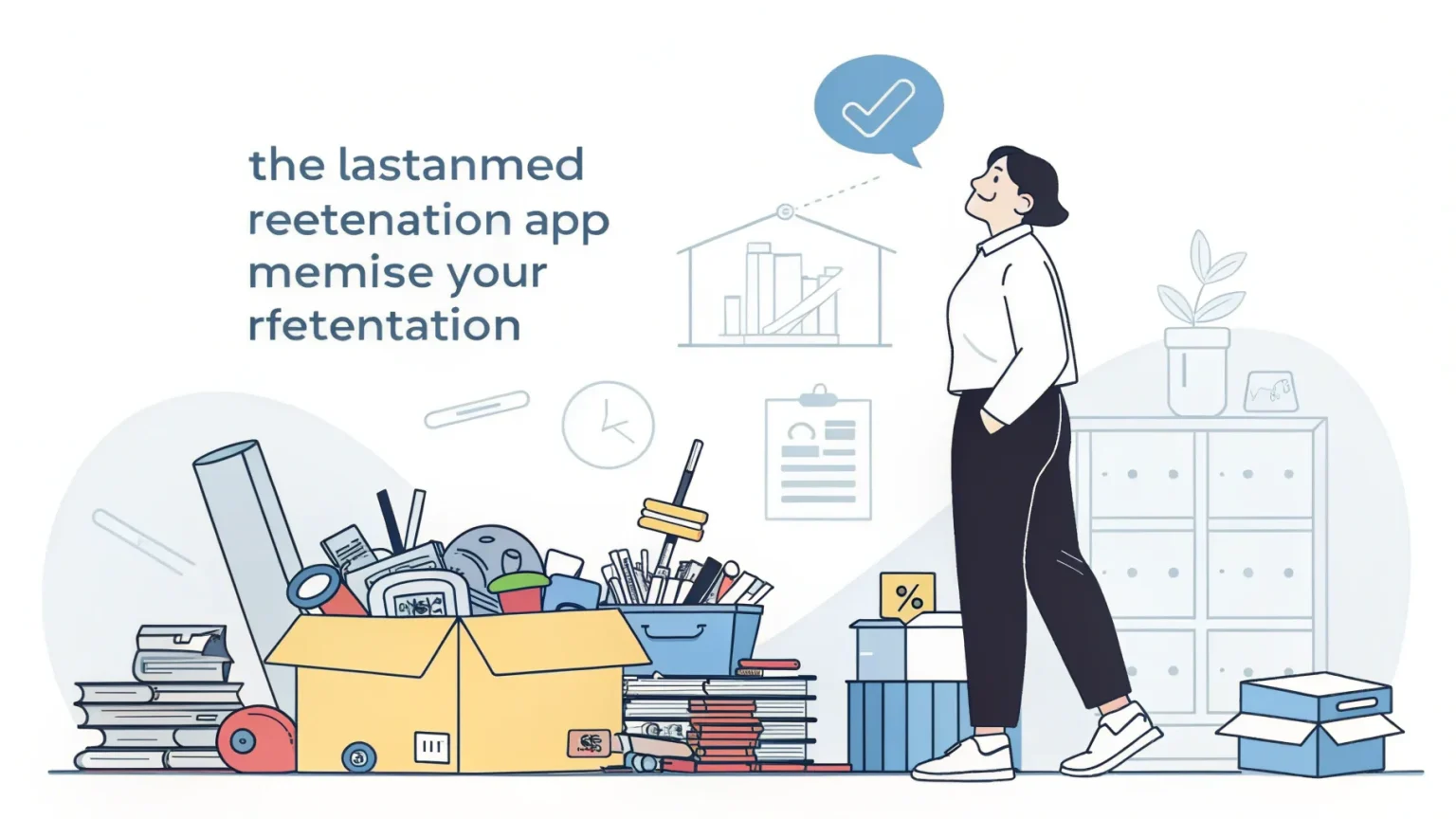Across all markets, the primary reason people cancel memberships is overwhelm. They simply aren’t using what they’re paying for. This applies whether we’re talking about knowledge-based memberships teaching skills or product-based subscriptions like Dollar Shave Club.
I’ve seen this pattern repeatedly in my investing and business experience. When customers accumulate unused products or unwatched content, cancellation becomes inevitable. Think about it – if you have razors piling up month after month, you’ll eventually question why you’re paying for something you don’t need.
At its core, any successful membership business must help people experience meaningful progress in their lives. This progress hinges on two critical factors:
- Consumption – Are members actually using what they’re paying for?
- Engagement – Are they actively interacting with the content or product?
The equation is straightforward: without consumption and engagement, members don’t receive value. Without value, they don’t experience progress. Without progress, they leave.
The Happiness Factor
What I’ve learned through my investments and business ventures is that we’re fundamentally in the happiness business. This might sound simplistic, but it’s profoundly true. When people are happy with what they’re receiving, they continue to stay and pay.
Too many membership businesses focus exclusively on acquisition – getting new members through the door. While growth is important, retention is where the real profit lies. It costs significantly more to acquire a new customer than to keep an existing one satisfied.
The key to preventing overwhelm is designing your membership to facilitate easy wins and clear pathways to value. Members need to feel they’re making progress without being buried under content they can’t possibly consume.
Practical Solutions to Membership Retention
Based on my experience with successful subscription businesses, here are effective approaches to boost retention:
- Create clear onboarding paths that guide new members to immediate value
- Develop consumption plans that help members know exactly what to use and when
- Implement engagement triggers through community, accountability, or gamification
- Build progress tracking so members can visualize their advancement
- Establish regular check-ins to catch disengaged members before they cancel
These strategies work because they address the fundamental human need for progress without overwhelm. When implementing these approaches with businesses I’ve invested in, we’ve seen retention rates improve dramatically.
For product-based memberships, consider offering flexibility in delivery schedules. If someone has enough razors, let them pause or adjust their subscription rather than cancel outright. For knowledge-based memberships, create different engagement levels so members can scale their involvement based on their current capacity.
The Bottom Line
The membership model works beautifully when it creates ongoing value for both the business and the customer. But we must remember that value is determined by the customer, not by us. If they’re not consuming and engaging, they’re not receiving value – regardless of how good we think our offering is.
My advice to any membership business owner is to obsess over consumption and engagement metrics even more than acquisition numbers. These are the true indicators of a healthy, sustainable membership business.
When we help people make progress without feeling overwhelmed, we create happiness. And happy members stay. It really is that simple.
Frequently Asked Questions
Q: How can I measure if my members are actually consuming my content?
Track engagement metrics like video completion rates, download statistics, or product usage data. For physical products, you might survey customers about their usage patterns. The goal is to understand not just if they’re accessing your offering, but how deeply they’re engaging with it.
Q: What’s the most effective way to prevent membership overwhelm?
Focus on creating clear pathways through your content or products. This might mean developing a structured onboarding process, offering curated “start here” collections, or providing personalized recommendations based on member goals. The key is making it obvious what steps to take next.
Q: How soon should I intervene if I notice a member isn’t engaging?
Don’t wait until they’re at risk of canceling. Set up early warning systems that flag when engagement drops below normal levels. Reach out proactively within the first 30 days of decreased activity, as this is often when the decision to cancel begins forming in a member’s mind.
Q: Is it better to offer more content/products or focus on getting members to use what’s already available?
In most cases, focusing on activation and engagement with existing offerings yields better results than adding more content or products. Before expanding your offering, ensure members are successfully using and benefiting from what you already provide. More isn’t better if it contributes to overwhelm.
Q: What’s the relationship between community and membership retention?
Community can be a powerful retention tool because it adds a social dimension to the value proposition. Members who form connections with others are significantly less likely to cancel, even during periods when they’re not actively consuming content or products. Community creates additional “stickiness” through relationships and accountability.







